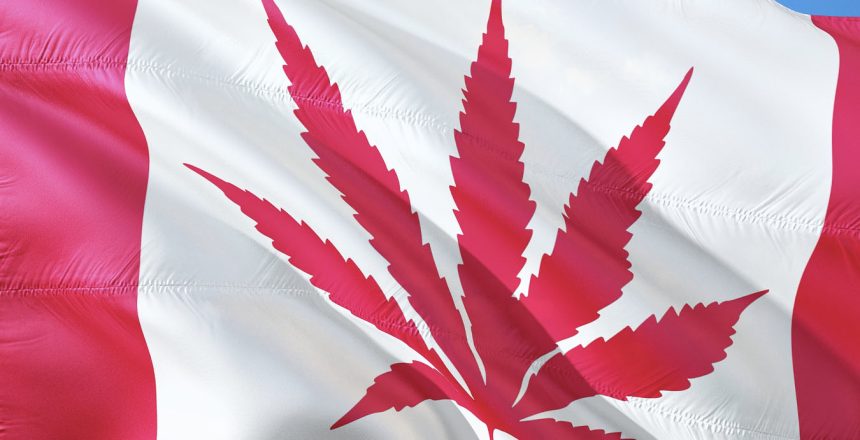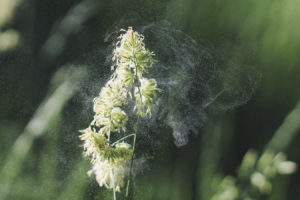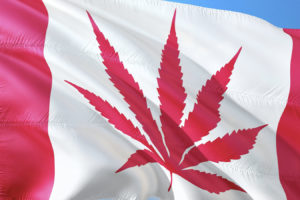It’s been long anticipated in the recreational and medicinal community, marijuana legalization is finally here and it’s enthralling to see how it unfolds.
With legalization comes a slew of research and development in every aspect of it’s vast composition and uses. The Canadian Government has released a lengthy ( 400 page !) document of Cannabis Act regulations. It covers literally everything.
This includes; growth and cultivation, processing, cannabis sales, and even things such as colour and shape of barcodes on the packaging. There is only one barcode permitted per package which is mandatory to be square and in black and white only. Below are a few interesting points from the act worth noting.
1. Industrial Hemp Cultivators Can Grow and Sell CBD
Industrial hemp farmers have been given the green light and are now legally allowed to cannabidiol (CBD) produced in their plant and bring it to a federally-licenced cannabis processor (LP) which will then make it into Cannabis oils for a variety of uses.
2. Commercialized, Outdoor Cultivation Granted
Health Canada has decided to go ahead and allow outdoor cultivation on a commercial scale since legalization. Prior to the Cannabis Act, this could only occur indoors. This in turn could lead to lower production costs and over all lower end prices for consumers.
3. Cannabis Suppositories to Probe the Market
Orally-consumed medicinal marijuana are known and have been available to medical patients for some time. Recently the Cannabis Act is allowing new players to the game and broadening the range of products to include variations of not just oral products but will also now encompasse both rectal and vaginal suppositories. Hot off the press.
4. Simple Possession Convictions No Longer Ban Participation In The Industry.
If a simple charge of possession of a small amount of cannabis is the only flaw on a person’s criminal record, this cannot justify refusal for security clearance which is required for key cannabis-industry personnel. At the same token, past unlawful incidencences involving Cannabis will be taken into consideration while determining if security clearance is granted.
5. Client Labels on Bottles -A Thing of The Past
In the past, medical cannabis patients were accustomed to having their medications labelled with their pertinent information, full name, ship date and a separate document in the form of a paper receipt or card issued with their order. This is no longer the mandate. Health Canada has asked medical cannabis sellers to provide patients with a “registration document “ upon signing up, which will outline the terms and serve as proof of authorization.
6. New Cannabis Drug Licenses will Allow Prescription Cannabis Drugs
A new revelation in the regulations is the introduction of a new license class for “cannabis pharmaceuticals”. In hopes that this will ensue further development of cannabis based prescription medications, which would be exempt from the excise tax, which currently is not the case. This would then allow medical cannabis to be assigned drug-identification-number ( DIN), which are required for a medication to qualify for insurance coverage.
The federal government has made it clear that the goal of legalizing cannabis is to keep it out of the hands of Canadian youth, promote public safety and drive organized crime out of the cannabis business. It is evident throughout the Act and indeed the second sentence of the Act itself explicitly states that its objectives are to prevent young people from accessing cannabis, to protect public health and public safety and to deter criminal activity.
It is still so early in legalizing cannabis, that the outcome is unclear just yet.




